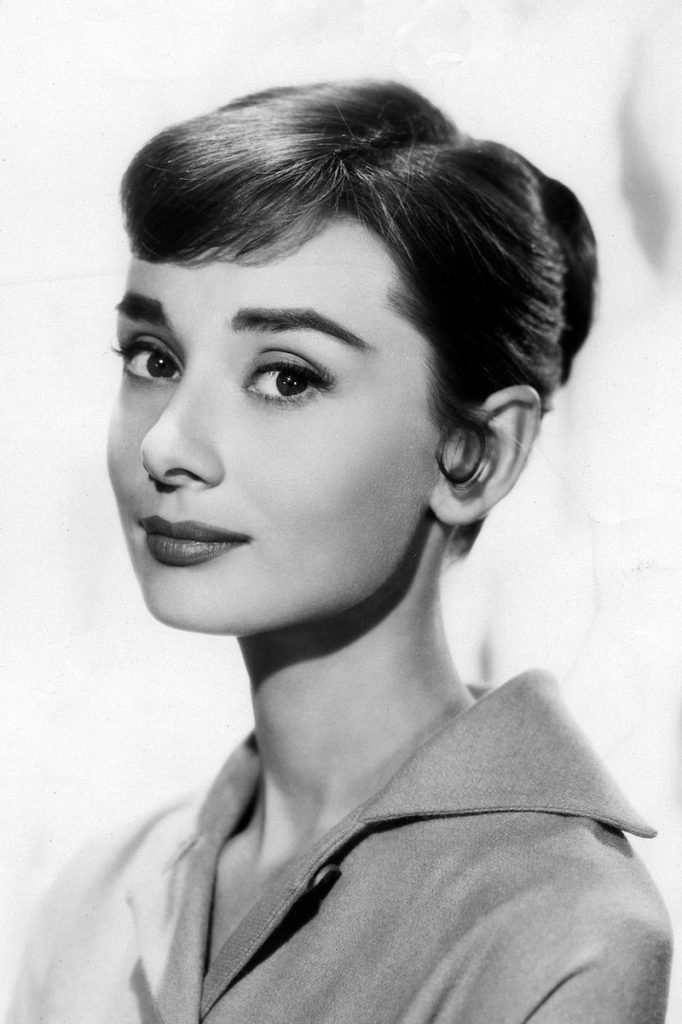The Life of Audrey Hepburn (1929–1993)
A look into the life of one of Hollywoods greatest style icons, actresses and humanitarians.
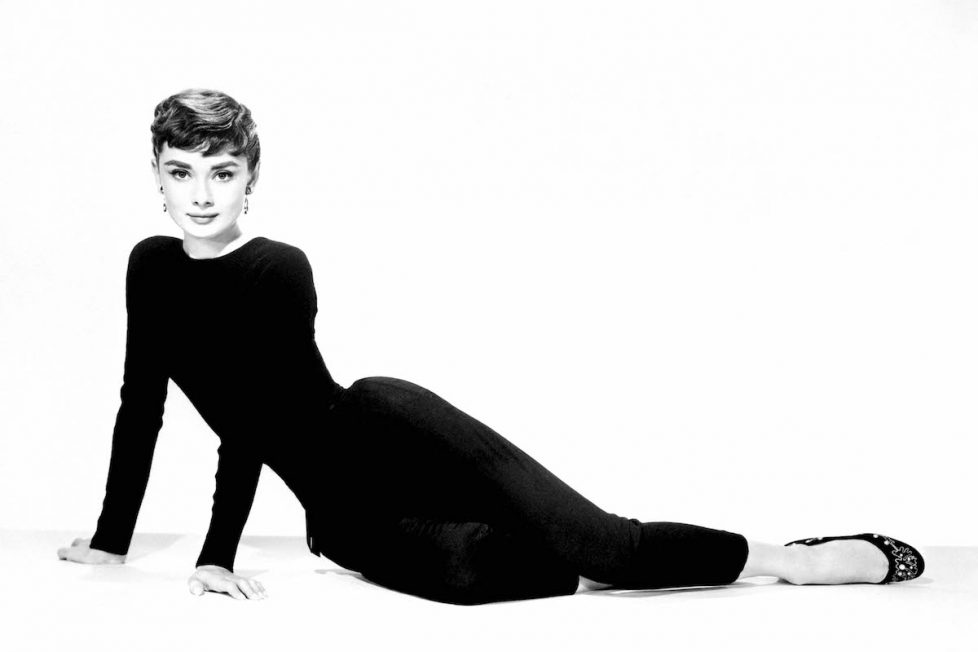
A look into the life of one of Hollywoods greatest style icons, actresses and humanitarians.

Who doesn’t remember the elegant black dress worn by Audrey Hepburn in the opening of Breakfast at Tiffany’s (1961)? And who couldn’t help but smile at Eliza Doolittle’s desperate attempt to learn “real” English in My Fair Lady (1964)? With her style, charm, and honesty, the English actress remains a Hollywood great and a style icon.
Audrey Hepburn received numerous awards and honours during her acting career. She was a five-time Academy Award nominee (which she won ‘Best Actress’ in 1954), she was honoured with three BAFTA Awards for ‘British Actress in a Leading Role’ and received a ‘Lifetime Achievement Award’ in 1992. She also picked up two Golden Globes, won a Tony Award for ‘Best Performance by a Leading Actress’, and received the ‘Special Tony Award’ in 1968. Hepburn was also ranked as the third-greatest female screen legend in the Golden Age by the American Film Institute and was listed in the International Best Dressed List Hall of Fame.
Hers was a great, dazzling life. But despite all the recognition, all the fame, the life of the 5’7’’ Englishwoman wasn’t easy. She grew up in the midst of World War II, an experience that not only influenced her outlook on life but also defined her career.
Nothing is impossible, the word itself says ‘I’m possible’!
Even though Audrey Hepburn’s life may have looked glamorous on film, it was marked by a struggle to survive. Nevertheless, in her early years, she lived the privileged life of a noble toddler.
Hepburn was born as Audrey Kathleen Ruston on 4 May 1929 in Ixelles, Brussels, Belgium. Her mother, Baronessa Ella van Heemstra, was a Dutch noblewoman; her father was the British Consul in Semarang in the Dutch East Indies, Joseph Victor Anthony Ruston. After years of travelling between Batavia, Brussels, Arnhem, and London, the family finally settled in Linkebeek near Brussel in 1932. Audrey Hepburn, although born in Belgium, was granted British citizenship based on her father’s parentage. Some years later, her father found some documents from his supposed ancestors, discovered the surname Hepburn and started to call himself and his children Ruston-Hepburn.
The family fell apart when WWII began and Hepburn’s father Joseph left them (in 1935) to get involved in a Fascist activity in London. Meanwhile, Audrey moved to Arnheim with her mother, where they hoped to be safe from the German invasion. “Little Audrey” or “Adriaantje” (as Audrey Hepburn was called back then) attended the Arnheim Conservatory from 1939 to 1945. Already at a young age, her love for the arts showed. She took ballet lessons and was highly appreciated for her talent as a dancer in Arnheim. But when the Germans invaded the Netherlands in 1940, Audrey’s life started to change. As an adult, she recalled:
…had we known that we were going to be occupied for five years, we might have all shot ourselves. We thought it might be over next week… six months… next year… that’s how we got through.
The German occupation didn’t only hurt the young girl’s mind, it also had a dangerous impact on her body. Food was scarce already, but the Dutch famine, which particularly affected the western provinces north of the great rivers between 1944 and 1945, let to Audrey and her family almost starving. “Little Audrey” developed anaemia (a decreased number of red blood cells), respiratory problems, as well as oedema (a buildup of fluid in the body’s tissue). All problems that would change her life and career forever.
But her fighting spirit and sense for justice were already evident in these early years. Despite the dangers and problems, she supported the Dutch Resistance by (according to the book by Robert Matzen ), hosting underground concerts to raise money. She also delivered food and information to some Allied flyers while hiding from the Germans, volunteered at a hospital and, with her family, hit an Allied paratrooper in her home in Arnheim.
I love people who make me laugh. I honestly think it’s the thing I like most, to laugh. It cures a multitude of ills.
After WWII, Audrey and her mother moved to Amsterdam, where the 16-year-old girl started studying ballet under Sonia Gaskell. Some years later they moved to London, where Hepburn got a scholarship for the British dance company Ballet Rambert. The family had lost its fortune during the war, and Ella worked as a housekeeper and cook to support her family. Audrey herself dropped “Ruston” from her surname and worked part-time as a model. But the dream of becoming a prima ballerina was destroyed soon after. In response to Audrey’s question about what her career possibilities looked like, Rambert told her that she had talent and could have a great career at the dance company, but malnutrition during WWII had damaged her body too much. Due to that and her height, it would be impossible for her to become a prima ballerina.
Even then, however, young Audrey Hepburn had an open and positive outlook on life and took one closed door as a possibility to open new ones. She had already debuted as an actress in the film Dutch in Seven Lessons (1948) and decided to pursue acting as a career. She gained her early experience on the stage in London, where she performed in High Button Shoes (1948) at the London Hippodrome and in Sauce Piquante (1950) at the Cambridge Theatre. During her performance of this last play, she was spotted by a casting director and introduced into the filmmaking business.
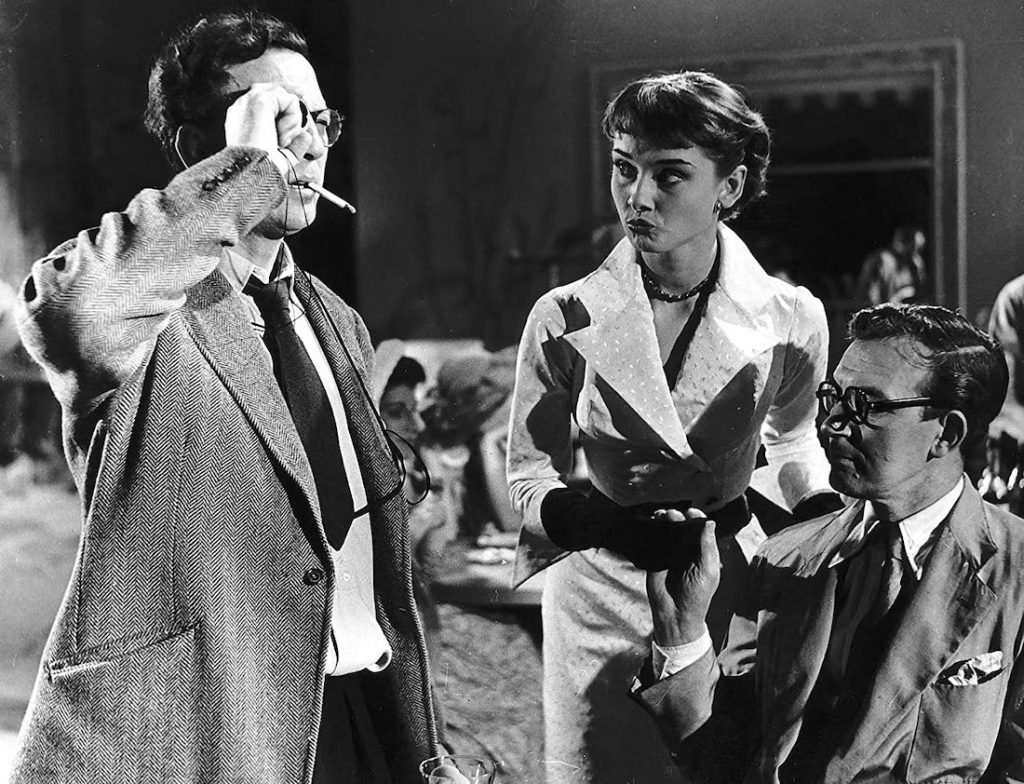
The most important thing is to enjoy your life — to be happy — it’s all that matters.
The then-unknown Audrey Hepburn registered with the British film studios as a freelance actress and in 1951 appeared in small roles in the BBC Television play The Silent Village and the films One Wild Oat, Laughter in Paradise, Young Wives’ Tale, and The Lavender Hill Mob.
One year later she was cast for her first major role by Thorold Dickinson in The Secret People. In this British drama about two sisters (played by Valentina Cortese and Audrey Hepburn) who flee to London, Audrey plays a ballerina. Due to her dancing background, she was able to do all the dance sequences herself. During the filming of Monte Carlo Baby in 1951, the French novelist Colette saw Hepburn perform and offered her the role of the title character in her Broadway play Gigi. The play premiered at the Fulton Theatre, New York on 24 November 1951 and was a major success. Audrey received the Theater World Award and the critics praised her as the new hit on Broadway.
The New York Times described her performance as:
…so winning and so right that she is the success of the evening.
When Hepburn agreed to the role of Princess Ann in the movie Roman Holiday (1953) she was already on the way to the top of the Hollywood ladder. The movie, about a bored and sheltered princess who escapes and falls in love with an American newsman in Rome, was initially supposed to star Elizabeth Taylor, but when director William Wyler saw Audrey’s screen test he cast her instead.
She had everything I was looking for: charm, innocence, and talent. She also was very funny. She was absolutely enchanting, and we said, ‘That’s the girl!—William Wyler.
Roman Holiday was a great success and wasn’t only well-received by the audience, as Hepburn won her first and only Academy Award for ‘Best Actress’. Other prices include the BAFTA Award for ‘Best British Actress in a Leading Role’ and the Golden Globe Award for ‘Best Actress — Motion Picture Drama’. After that Audrey Hepburn signed a seven-picture contract with Paramount but kept playing major roles in the theatre as well. Already around that time, her sense for fashion started to get noticed by the public.
As she continued to climb the showbiz ladder, Audrey Hepburn’s private life started to suffer. In 1952 she got engaged to James Hanson, a man whom she met in her early days in London, but shortly before the marriage, she changed her mind.
When I get married, I want to be really married.—Audrey Hepburn.
Being so often away from James Hanson wouldn’t have been a real marriage, she thought. Only two years later, Audrey met the American actor (and later director and producer) Mel Ferrer, at a cocktail party. Shortly after they starred in the play Ondine together, where they fell in love. Only eight months later, on 25 September 1954, the two got married in Burgenstock, Switzerland. Fans around the globe were dying to see Audrey in her bridal gown. The style icon with her 21″ waist chose a wedding dress that had tiny buttons along the back and long sleeves. But only the closest friends and family of the happy couple were invited to the wedding, as they wanted to keep the big press away. In later years, letters from Audrey were discovered that she wrote to her long-time friend, British actor Sir Felix Aylmer.
In one of the 10 letters she wrote:
How dearly we would love you to be with us on our wedding day. We will have the car take you up to our mountain peak, Friday, for a gathering in our chalet of our nearest and dearest!… Saturday will be the wedding… We want to keep it a dark secret in order to have it without the ‘press’.
Hepburn and Ferrer had one child together, Sean Hepburn Ferrer, who was born on 17 July 1960, following two miscarriages—one in 1955 and another one in 1959, after she fell from a horse while filming The Unforgiven (1960). Later, in 1965 and 1967, she had two more miscarriages.
Despite her private struggles, Hepburn became one of Hollywood’s most popular actresses between 1953 and 1961. She appeared in seven motion pictures, two TV shows, and one theatre production. But it was the movies that came after 1961 that made Audrey Hepburn immortal.
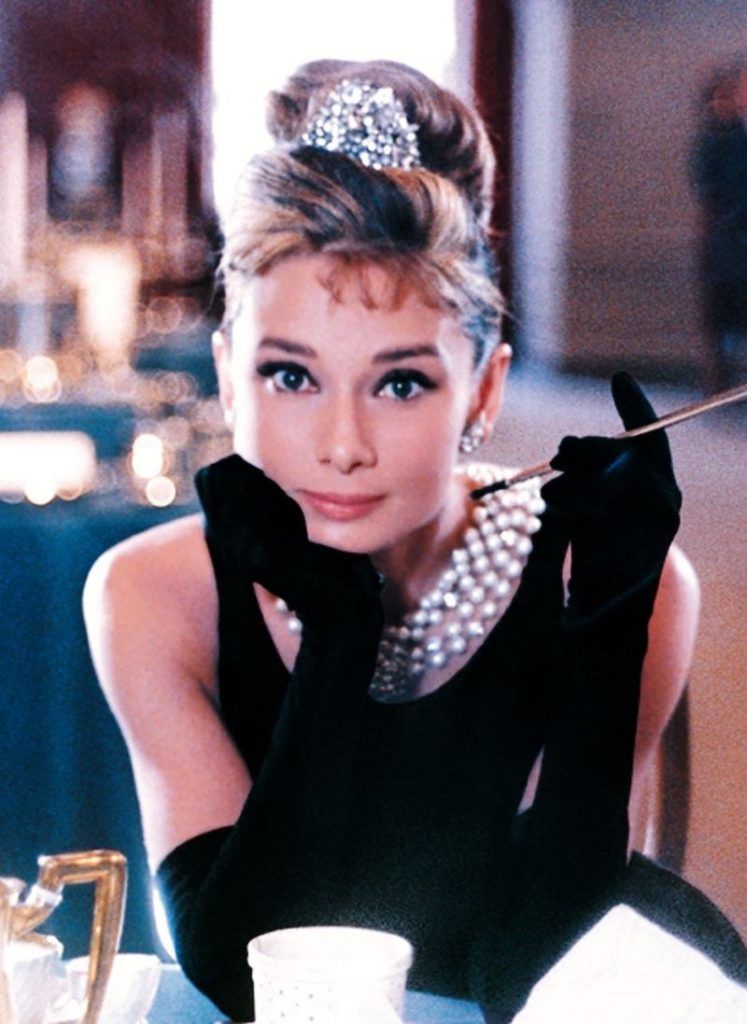
Even today, Breakfast at Tiffany’s is a well-regarded classic and one of Audrey’s most memorable portrayals. Directed by Blake Edwards and released by Paramount Pictures, Audrey played the eccentric, superficial, and naive girl Holly Golightly. The film won two Academy Awards (‘Best Original Score’ and ‘Best Original Song’ for “Moon”), and Audrey Hepburn was nominated for ‘Best Actress’. Even though her performance seems so flawless and truthfully crafted, the introverted actress stated that playing the role of extroverted Holly Golightly was the most challenging thing she’d ever done.
In 1963 Audrey played the lead role in the American romantic comedy mystery film Charade and continued her successful career. Only one year later she appeared in another classic, George Cukor’s stage musical adaptation My Fair Lady (1964). Even though critics loved the movie, Audrey Hepburn herself was upset about the fact that her singing voice was doubled by professional ghost singer Marni Nixon.
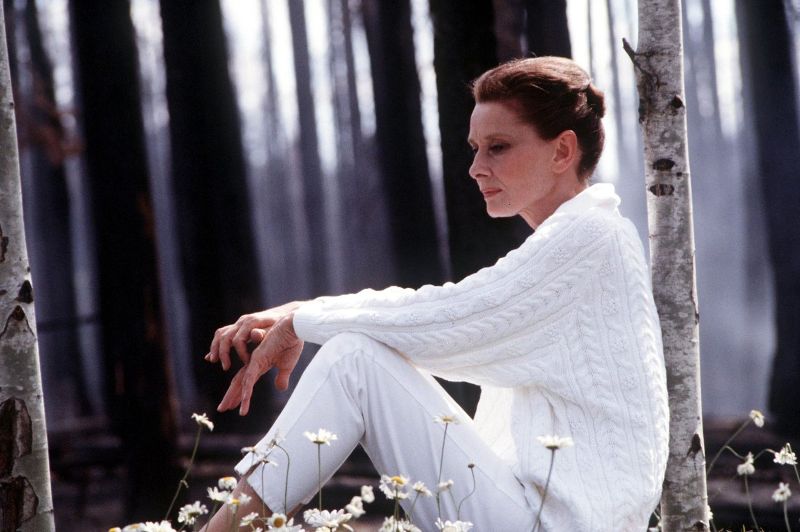
Between 1964 and 1989 the British actress appeared in numerous movies, such as How to Steal a Million (1966), Robin and Marian (1976), and Bloodline (1979). She made her final screen appearance in Steven Spielberg’s Always (1989), where she made a cameo as an angel.
Even though her career seemed so glamorous to her fans, she was still struggling in her private life. After 14 years of marriage, she and Ferrer divorced in 1968 — very much to her mother Ella’s relief. It’s said that Hepburn’s mum disliked the British acter, calling him the “frog faced delinquent with the spindly legs”. The same year, Hepburn met her second husband, the Italian psychiatrist Andrea Dotti, while on a Mediterranean cruise. They married on 18 January 1969 and Audrey even considered to end her acting career and have more children. Their son, Luca Andrea Dotti, was born a year later, but this marriage didn’t last either. Both had secret lovers and divorced in 1982. Luca remained their only child, as Hepburn had another miscarriage in 1974.
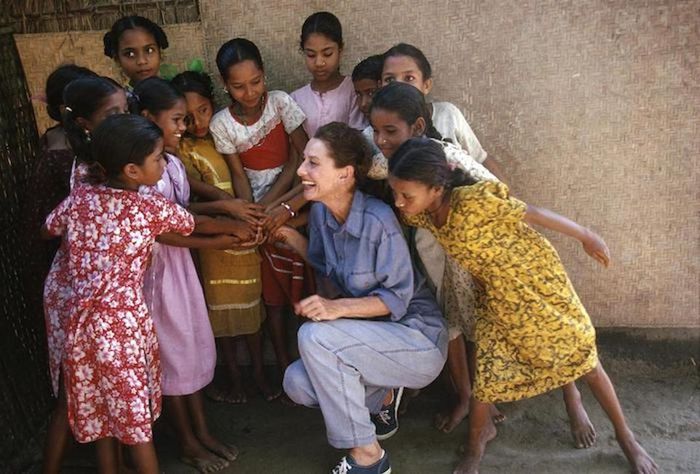
Living is like tearing through a museum. Not until later do you really start absorbing what you saw, thinking about it, looking it up in a book, and remembering — because you can’t take it in all at once.
Throughout her life, Audrey Hepburn felt thankful for having survived WWII. In the 1950s she was part of a radio program for UNICEF, telling true children’s stories about war experiences. A lot is known about Hepburn’s beauty and her career as an actress, but little is said about her efforts as a philanthropist. During her career, she put the lives of the more unfortunate in front of her own and eventually became a Goodwill Ambassador for UNICEF in 1988. After that, she dedicated herself to helping impoverished children all over the world. On her first field mission, she went to Ethiopia and visited an orphanage, where the status of the over 500 children changed her outlook on life.
I have a broken heart. I feel desperate. I can’t stand the idea that two million people are in imminent danger of starving to death, many of them children…not because there isn’t tons of food sitting in the northern port of Shoa. It can’t be distributed.—Audrey Hepburn
In the following years, she visited other countries such as Turkey, Venezuela, Ecuador, Guatemala, El Salvador, Bangladesh, Thailand, Vietnam, and Sudan, where she worked in the field. In recognition of her work, President George H.W Bush awarded Audrey Hepburn the ‘Presidential Medal of Freedom’. After her death, the Academy of Motion Picture Arts and Sciences honoured her with the Jean Hersholt Humanitarian Award for her contribution to humanity. Today a statue of Hepburn stands at the UNICEF headquarters in New York.
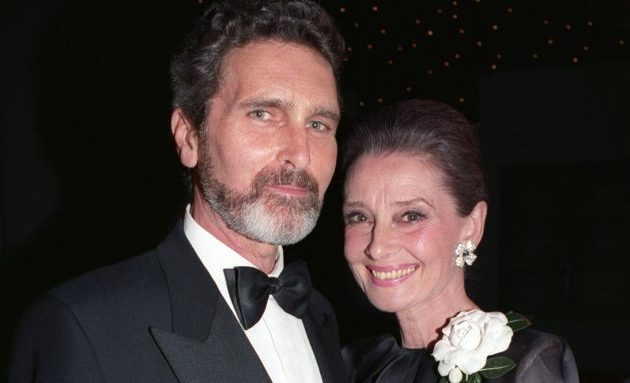
How shall I sum up my life? I think I’ve been particularly lucky.
From 1980 until her death in 1993, Audrey Hepburn was in a relationship with the Dutch actor Robert Wolders. She stated that the years with him were the happiest of her life and she retreated to Switzerland where she enjoyed her later years. In 1992 she was diagnosed with a rare appendicular cancer and underwent chemotherapy… but on 20 January 1993 Hepburn died in Tolochnaz, Switzerland.
Today, Audrey Hepburn is still remembered as one of the most important and talented actresses of Hollywood’s Golden Age. She wasn’t only a woman of style, class, and elegance, but one with a kind heart and even more passion for life.
And this is how we should remember her.
